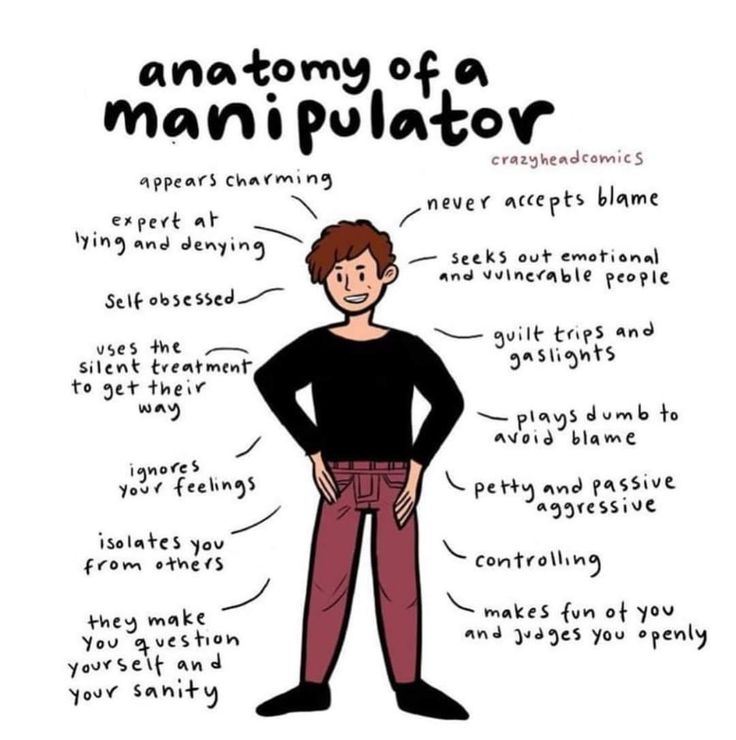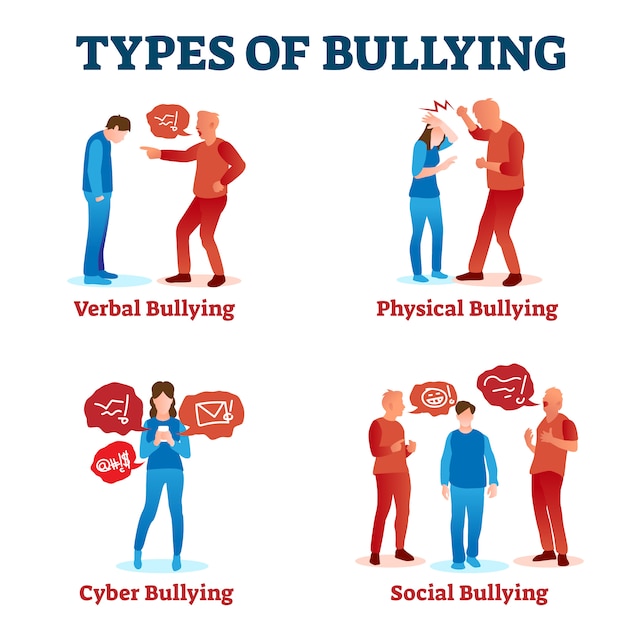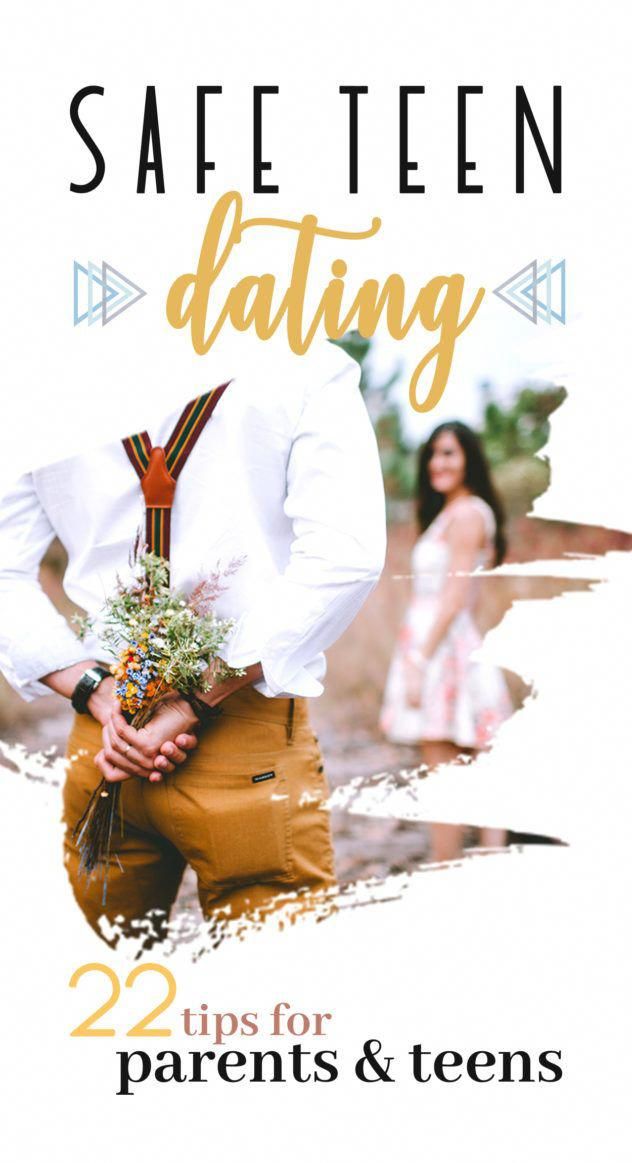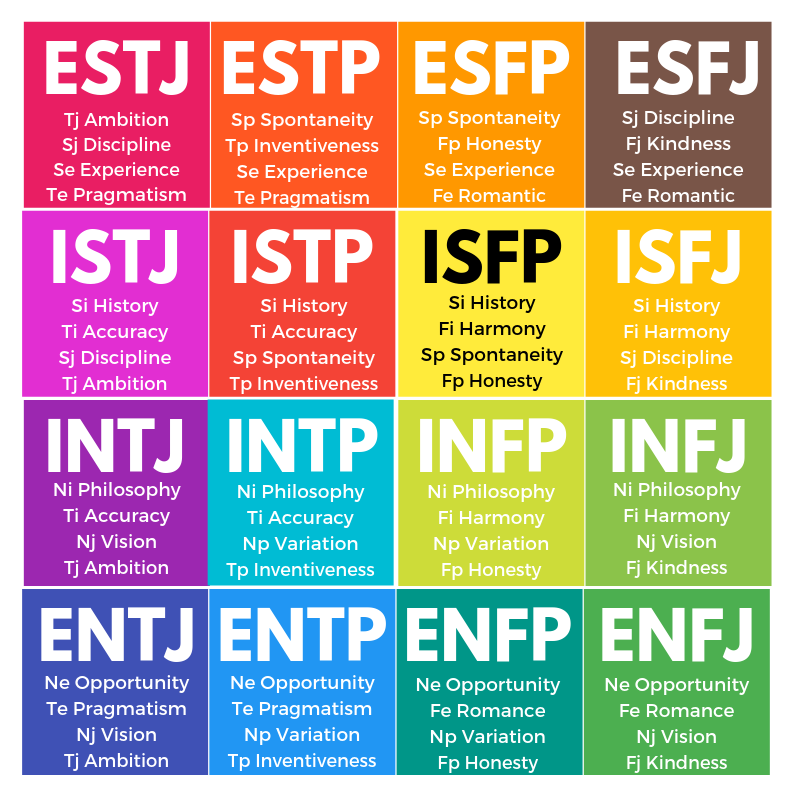Empathy in conversation
Empathy - Living Room Conversations
Conversation Guide
Interested in using this conversation guide? Click here to tell us about it!
We’re happy to help!
Empathy goes beyond concern or sympathy. Empathy is stepping into the shoes of another with the intention to better understand and feel what they are experiencing. It is expressed in our choice to be fully present with someone and listen beyond their words for their feelings and unmet needs. Knowing that at least one other person “gets what I’m going through” is the gift of empathy. The power of empathy can bridge our “us vs. them” perceptions and lead to new solutions, improved relationships, better strategies for social change, reduction in loneliness, and realization of our shared human needs and oneness. This conversation is about sharing experiences giving, receiving, and observing empathy.
Background Information:
Interested in having further conversations? Additional guides you may be interested in include Listening Courageously, Respect, Trust, and Communicating with Care.
Let's Get Started!
Living Room Conversations offers a simple, sociable and structured way to practice communicating across differences while building understanding and relationships. Typically, 4-6 people meet in person or by video call for about 90 minutes to listen to and be heard by others on one of our nearly 100 topics. Rather than debating or convincing others, we take turns talking to share, learn, and be curious. No preparation is required, though background links with balanced views are available on some topic pages online. Anyone can host using these italicized instructions. Hosts also participate.
Introductions:
Why We're Here (~10 min)
Each participant has 1 minute to introduce themselves.
Share your name, where you live, what drew you here, and if this is your first conversation.
Conversation Agreements:
How We'll Engage (~5 min)
These will set the tone of our conversation; participants may volunteer to take turns reading them aloud. (Click here for the full conversation agreements.)
(Click here for the full conversation agreements.)
- Be curious and listen to understand.
- Show respect and suspend judgment.
- Note any common ground as well as any differences.
- Be authentic and welcome that from others.
- Be purposeful and to the point.
- Own and guide the conversation.
Question Rounds:
What We’ll Talk About
Optional: a participant can keep track of time and gently let people know when their time has elapsed.
Round 1:
Getting to Know Each Other (~10 min)
Each participant can take 1-2 minutes to answer one of these questions:
- What are your hopes and concerns for your family, community and/or the country?
- What would your best friend say about who you are?
- What sense of purpose / mission / duty guides you in your life?
Round 2:
Empathy (~40 min)
One participant can volunteer to read the paragraph at the top of the web page.
Take ~2 minutes each to answer a question below without interruption or crosstalk. After everyone has answered, the group may take a few minutes for clarifying or follow up questions/responses. Continue exploring additional questions as time allows..
- How do you feel when someone else truly understands what you are going through?
- How have you been able to tell that someone understands what you have experienced or felt?
- What helps you understand what someone else is experiencing or feeling? What gets in your way?
- How do you stay fully present and attentive when deeply listening to someone?
- In what ways has empathy for another person prompted you to take action? Explain.
Round 3:
Reflecting on the Conversation (~15 min)
Take 2 minutes to answer one of the following questions:
- What was most meaningful / valuable to you in this Living Room Conversation?
- What learning, new understanding or common ground was found on the topic?
- How has this conversation changed your perception of anyone in this group, including yourself?
- Is there a next step you would like to take based upon the conversation you just had?
Closing (~5 min)
- Give us feedback! Find our feedback form here.

- Donate! Make more of these possible; give here.
- Join or host more conversations! With a) this group by exchanging your emails; b) others in person and/or by video call online. Get more involved or learn how to host here.
Thank You!
3 simple ways to express empathy in your next conversation |
Pete Ryan
This post is part of TED’s “How to Be a Better Human” series, each of which contains a piece of helpful advice from people in the TED community; browse through all the posts here.
Slumped shoulders, downcast eyes, avoiding your texts — it’s not hard to recognize when one of your friends, family members or colleagues is having a rough day.
What isn’t quite as easy: Knowing what to say.
“Empathy may come naturally to us, but it gets lost in translation, especially in conversations,” says social entrepreneur Gwen Yi Wong in a TEDxMonashUniversityMalaysia Talk.
Too often we rush in to solve the problem or offer quick advice or consoling phrases like “Things could be worse” or “Look on the bright side” — all in an effort to make them feel better.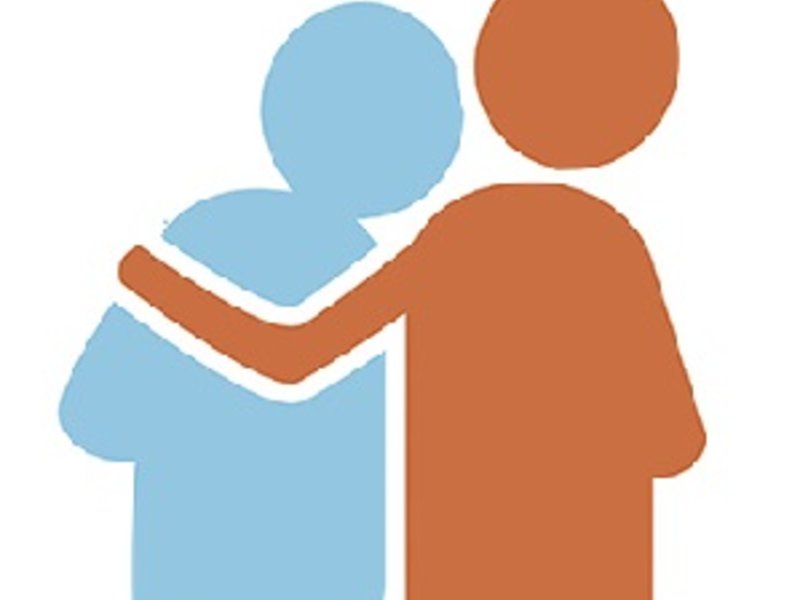 But what the other person really needs is someone who will listen without judgement or commentary.
But what the other person really needs is someone who will listen without judgement or commentary.
“Empathy is the ability to feel and relate to another human being,” says Wong.
Wong said she always craved having “deeper conversations” with the people in her life, but it wasn’t until she left her “dream city” of San Francisco and returned to Malaysia, broke, depressed and burnt out, that she started opening up to friends about her feelings.
Those conversations led to more conversations and hours of research, and ultimately Wong founded Tribeless, an empathy training company.
Here, she shares a few steps that can maximize empathy when you’re talking to a friend in need:
1. Show them that you notice they’re strugglingAcknowledge the other person’s unhappiness, and let them know you want to know more about what they’re going through. Start off with a simple “Hey, are you OK?” or “You look like you’re worried about something. What’s going on?” Then listen to what they have to say without trying to cheer them up, distract them or tell them what to do.
This deliberate phrasing sends the message that you’re not trying to fix their life but that you’re curious and you care about them. For example, if a friend complains that they’re feeling overlooked at work, ask “Can you help me understand why you feel like other people are getting more recognition than you?” or “Can you help me understand how feeling overlooked is affecting how you think about your job?”
3. Share an observationIf it seems appropriate, tell your friend something you’ve observed about them. You might say to the person who feels overlooked at work: “You light up whenever you talk about how you ended up in this field. Do you still feel that way at work?” Reminding people about their positive attributes can be helpful when they’re down, but keep your observation short and keep the attention focused on them and their experiences, not on you. Regardless of what you say, let them know you’re firmly on their side and you’re there to listen and support them. Even if you do have advice that might be able to help them, keep it to yourself.
Even if you do have advice that might be able to help them, keep it to yourself.
You can decide what to do next — whether it’s continuing the conversation, going for a walk or changing the subject — based on your friend’s response. Just be sure to check in with them on this topic at some other time so they’ll know that your interest was sincere and that you were really hearing them, not going through the motions.
And the next time you see a friend looking weighed down, speak up. As Wong puts it, “Every conversation is an opportunity for us to listen, to hold space and to offer an empathetic response.”
Watch her TEDxMonashUniversityMalaysia Talk here:
Empathy is an effective communication tool
As a result of fundamental changes and innovations in the field of education and upbringing, norms and styles of pedagogical communication between teachers and students, significant changes have taken place in the educational space. And as a result, the problem of the teacher's knowledge of the student's personality, which is directly related to the humanistic tendencies that form the basis of the modern educational process, has acquired special significance.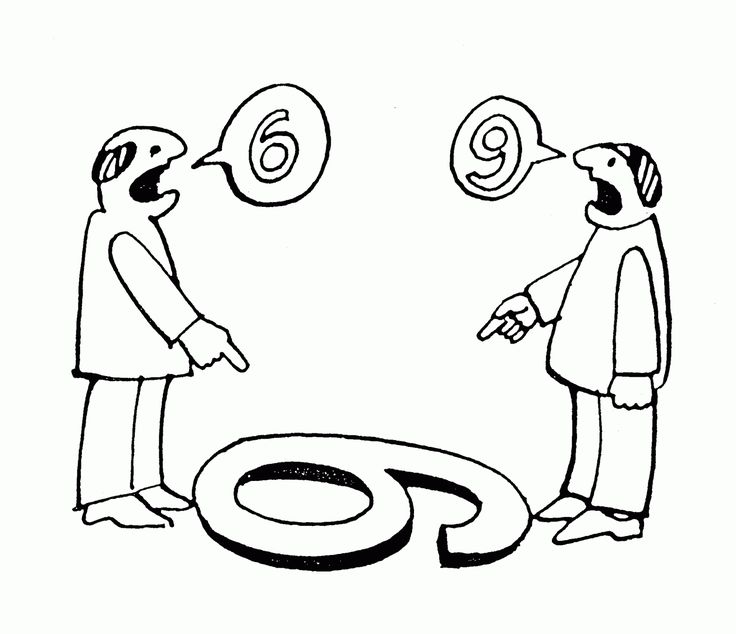
The problem of cognition of the personality of a student by a teacher is especially relevant in the current conditions of deep socio-economic transformations of the whole society, when moral guidelines are blurred and the younger generation is at a crossroads. In different age periods, relationships with each other and with teachers, motivation to acquire knowledge, creative activity, discipline, etc. change. All these changes occur in each child in their own way. The founder of Russian scientific pedagogy K.D. Ushinsky emphasized that if we want to educate person in every way, you must know him in every way. In everyday school life, the teacher often finds himself in various non-standard situations, is faced with various kinds of changes that need to be ascertained and comprehended, to which it is necessary to respond competently [2].
Empathy plays a special role in the process of learning about the personality of students and communicating with them. This term was first introduced by the American psychologist Edward Titchner, who established the classification of empathy principles used to this day.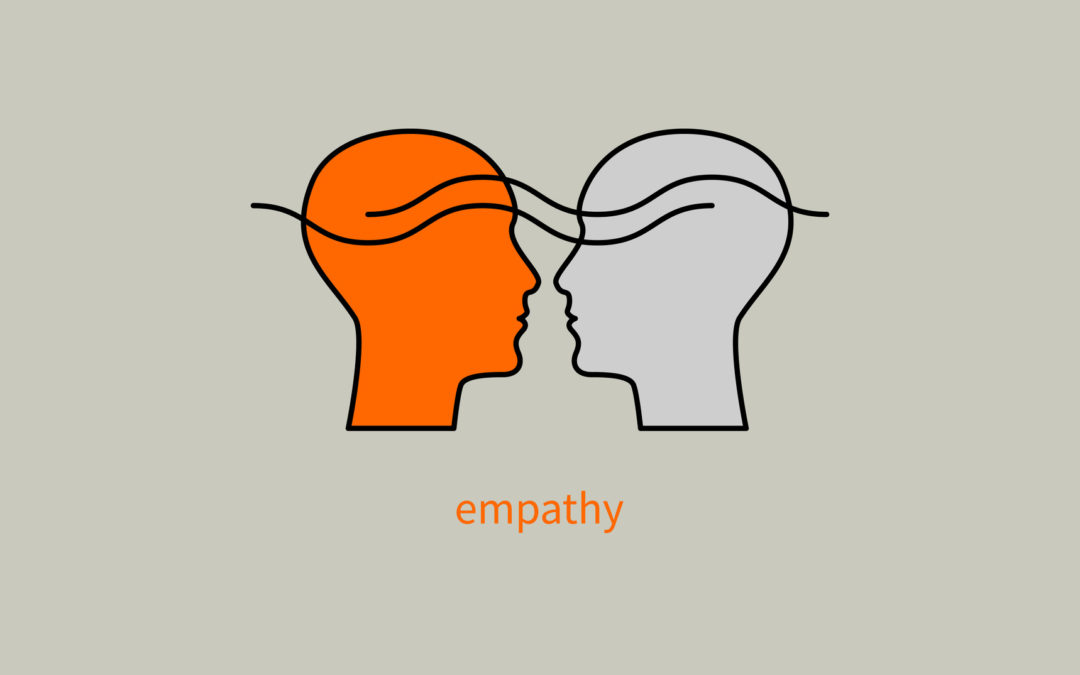 Many other educators and psychologists have also studied the mechanisms of this state. nine0005 Empathy . - this is a person's ability to experience emotional feelings similar to the feelings of the interlocutor, which increases the adequacy of the perception of the "other", and, as a result, contributes to the establishment of effective, positive relationships with him.
Many other educators and psychologists have also studied the mechanisms of this state. nine0005 Empathy . - this is a person's ability to experience emotional feelings similar to the feelings of the interlocutor, which increases the adequacy of the perception of the "other", and, as a result, contributes to the establishment of effective, positive relationships with him.
Many psychologists consider empathy to be innate. But special training will help to more accurately perceive the interlocutor and tune in with him on the same emotional wave. Psychologists give recommendations that will help you learn to understand yourself, learn to manage not only your actions, but also your own thoughts and feelings; learn to understand the feelings, and then the thoughts of other people. The factors that allow developing the ability to empathize in a person are trusting relationships within the family, empathy of adults with other people, a kind attitude towards animals. Especially important is the emotional reaction to sad events, which helps to put yourself in the place of other people.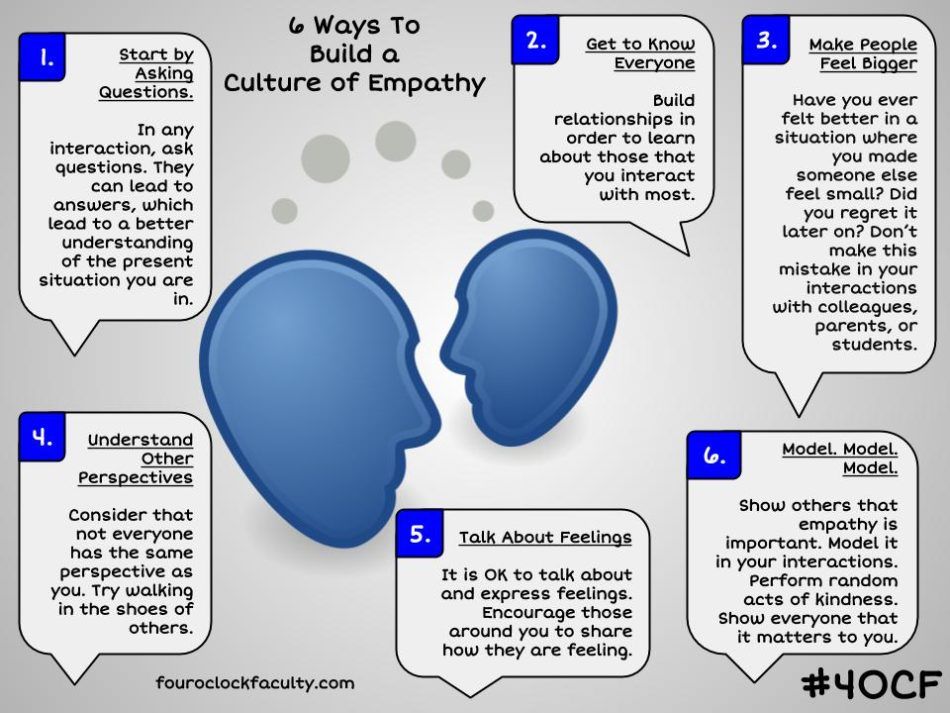 Showing empathy in communication is good for mutual understanding. This creates favorable relations for dialogue, joint decisions in any, even in a conflict situation. Empathy helps not only in real life, but also in art: an actor to get used to the role, a director or a writer to convey his thought to the viewer or reader, and the viewer or reader to understand the work of art and the author’s thought, thereby enriching their spiritual essence and vitality. an experience. nine0003
Showing empathy in communication is good for mutual understanding. This creates favorable relations for dialogue, joint decisions in any, even in a conflict situation. Empathy helps not only in real life, but also in art: an actor to get used to the role, a director or a writer to convey his thought to the viewer or reader, and the viewer or reader to understand the work of art and the author’s thought, thereby enriching their spiritual essence and vitality. an experience. nine0003
In working with "difficult" teenagers, the manifestation of empathy is of particular importance, since many of them experience a real lack of sympathy, empathy. According to one domestic study, 92.2% of adolescents registered with the juvenile affairs inspectorate felt a lack of positive emotional contacts and were in a state of psychological isolation in their study groups. According to L.M. Zyubina, 35% of adolescent offenders live in families that are characterized by unhealthy relationships between parents and children, the presence of pronounced asocial attitudes that operate in the family.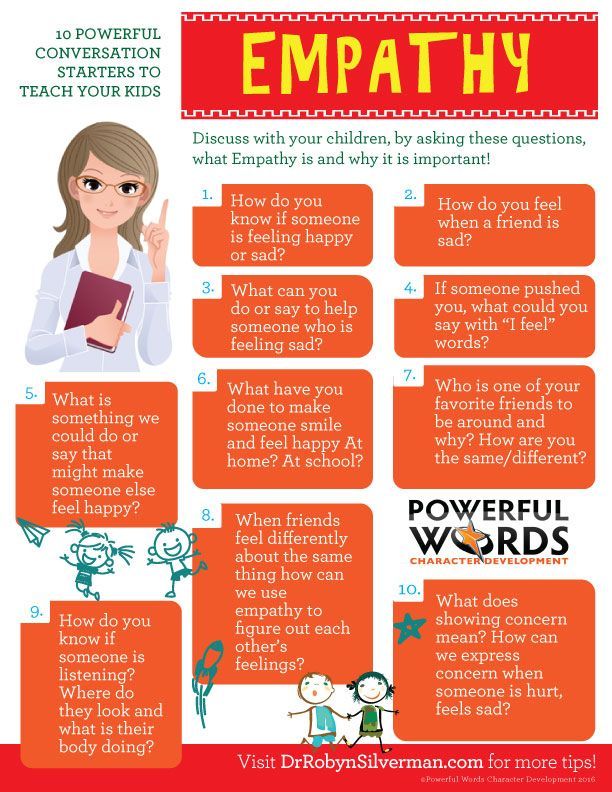 Research L.M. Zyubin, as well as a number of others, show that in recent years the influence of an unfavorable situation in the family on the behavior of a teenager has increased [1]. nine0003
Research L.M. Zyubin, as well as a number of others, show that in recent years the influence of an unfavorable situation in the family on the behavior of a teenager has increased [1]. nine0003
Numerous experimental and empirical studies have established that the development of a tendency to violence and its consolidation in the form of a person's lifestyle is usually directly related to a lack of empathy both in the person himself and in his environment. The reasons for such behavior are rooted in early childhood [2]. Research data convincingly show that the vast majority of adolescents with delinquent (illegal) behavior experienced emotional isolation to one degree or another: lack of love, lack of parental care, etc. This is especially noticeable in the example of pedagogical disciplines, the object of which is precisely the activity that is built according to the laws of communication. Communication, as such, always involves a parallel process of interpersonal cognition. Therefore, the effectiveness of pedagogical communication largely depends on how fully and adequately the teacher reflects the personality of the student.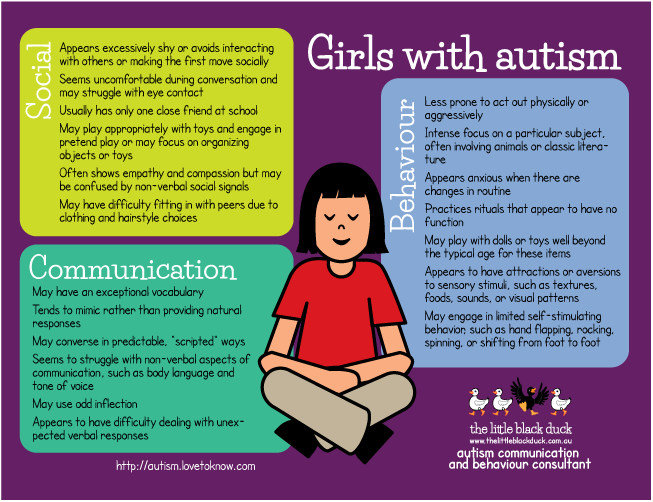 nine0003
nine0003
Having learned what empathy is, many begin to strive to master this ability or develop it in their children. It must be borne in mind that often people with such a gift do not know how to use it for its intended purpose. Such a feature of the psyche can bring severe suffering to the subject, because in order to cope with other people's negative emotions, a strong character and a mature mind are needed. Therefore, having decided to develop this ability, it is recommended that you familiarize yourself not only with the positive aspects, but also with the reverse side of the coin. nine0003 Pluses include the following: Among the minuses are: Empathy is a very effective communication tool; establishing and developing contacts between people, between a teacher and a student, which is important to be able to apply in life. Intuition helps someone in this, and some people have to learn to imagine themselves in the place of another in order to achieve success in life. nine0003 In previous articles, we have looked at communication skills and summarized the six rules of communication formulated by Robert Carhough in the tradition of humanistic psychology. Empathy is the ability to see the world through the eyes of another person and to be able to show the other person that you understand them. Empathy implies non-evaluation : when communicating with another person, you do not give your assessments of “good” or “bad”, you do not try to moralize and lecture, you just listen to your partner, trying to look at the situation through his eyes, to understand his feelings and experiences in his situation . When you interact with another person empathically, you at some point forget about yourself , push aside your opinions, beliefs, attitudes, emotions. Instead, you focus entirely on your partner, on his feelings. When you fully empathize with another person, it helps him feel that he is accepted for who he is. A person begins to feel safe next to you , trusts you more, is less shy, discards his social masks and gets the opportunity to just be himself. nine0003 Authenticity is the ability to understand one's own thoughts, feelings, experiences and to be able to inform one's communication partner about them in time. In other words, authenticity is your ability to be yourself, to be sincere: to experience what you experience; think what you think; behave in a way that does not contradict your Self. Learning to be authentic can be done through the skill of reflection. There is such a term in psychology for authenticity as congruency . Carl Rogers noted that congruence is the equality of three levels: “I feel = I realize = I express in communication” . - you appear inauthentic, insincere, and your communication partner will certainly feel this, which will make him be insincere in turn. It should be noted that the rule of authenticity does not require you to cut the truth in your communication indiscriminately. Yes, you need to be aware of your feelings, thoughts that your partner causes in you. It is not always necessary to immediately and directly express the feelings and emotions that a partner and your communication causes in you. (Determine this according to the situation.) This way you will remain authentic but avoid dangerously direct expression. Authenticity, on the one hand, is somewhat opposite to empathy, and on the other hand, is a necessary addition to it. nine0066 The opposite of empathy and authenticity is that, Ideally, you should learn to do both at the same time.

Communication rules: empathy and authenticity
This article focuses on the first pair of communication rules: empathy and authenticity. It is difficult to come up with the most universal and fundamental rules that help to be effective in communicating with people. 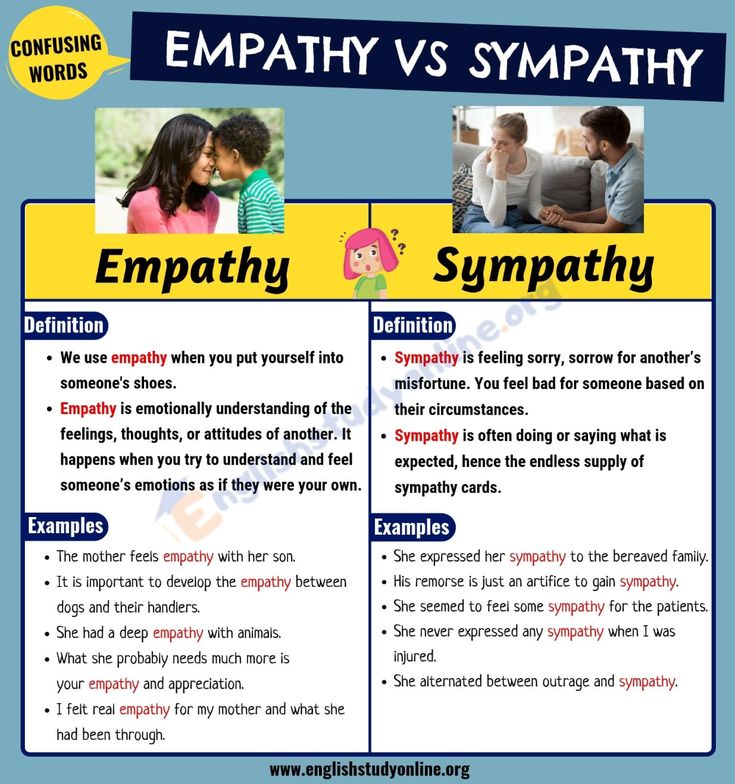
![]()
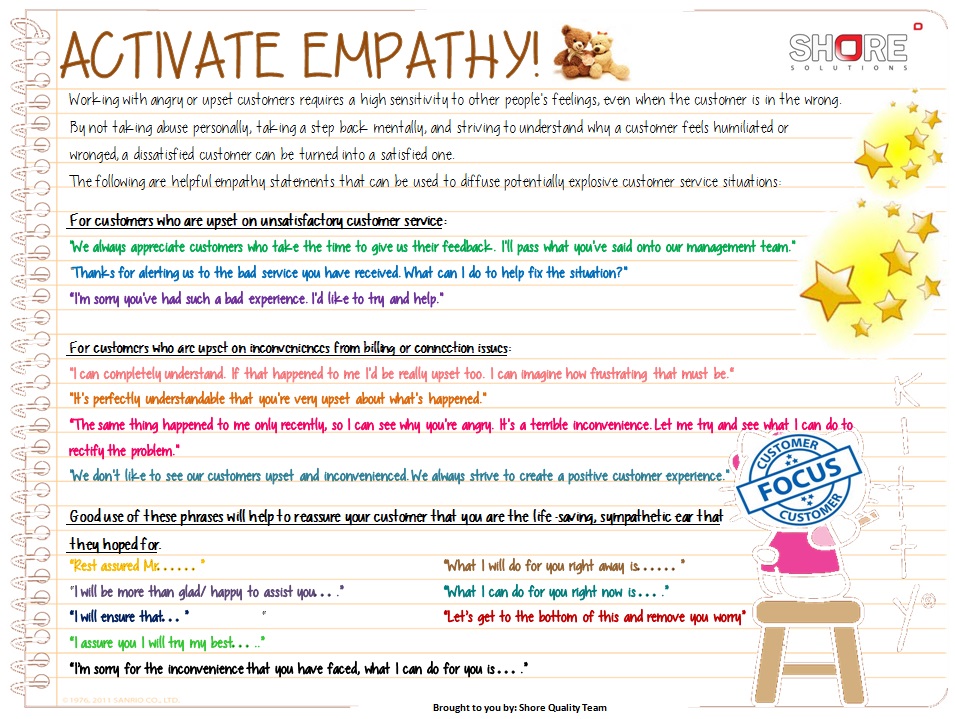 Yes, it is desirable to behave in accordance with your feelings. But there are cases when a direct expression of feelings towards a partner will disrupt your communication. In this case, use the following rule. nine0003
Yes, it is desirable to behave in accordance with your feelings. But there are cases when a direct expression of feelings towards a partner will disrupt your communication. In this case, use the following rule. nine0003
But always avoid lying: do not show feelings that you do not really experience.


